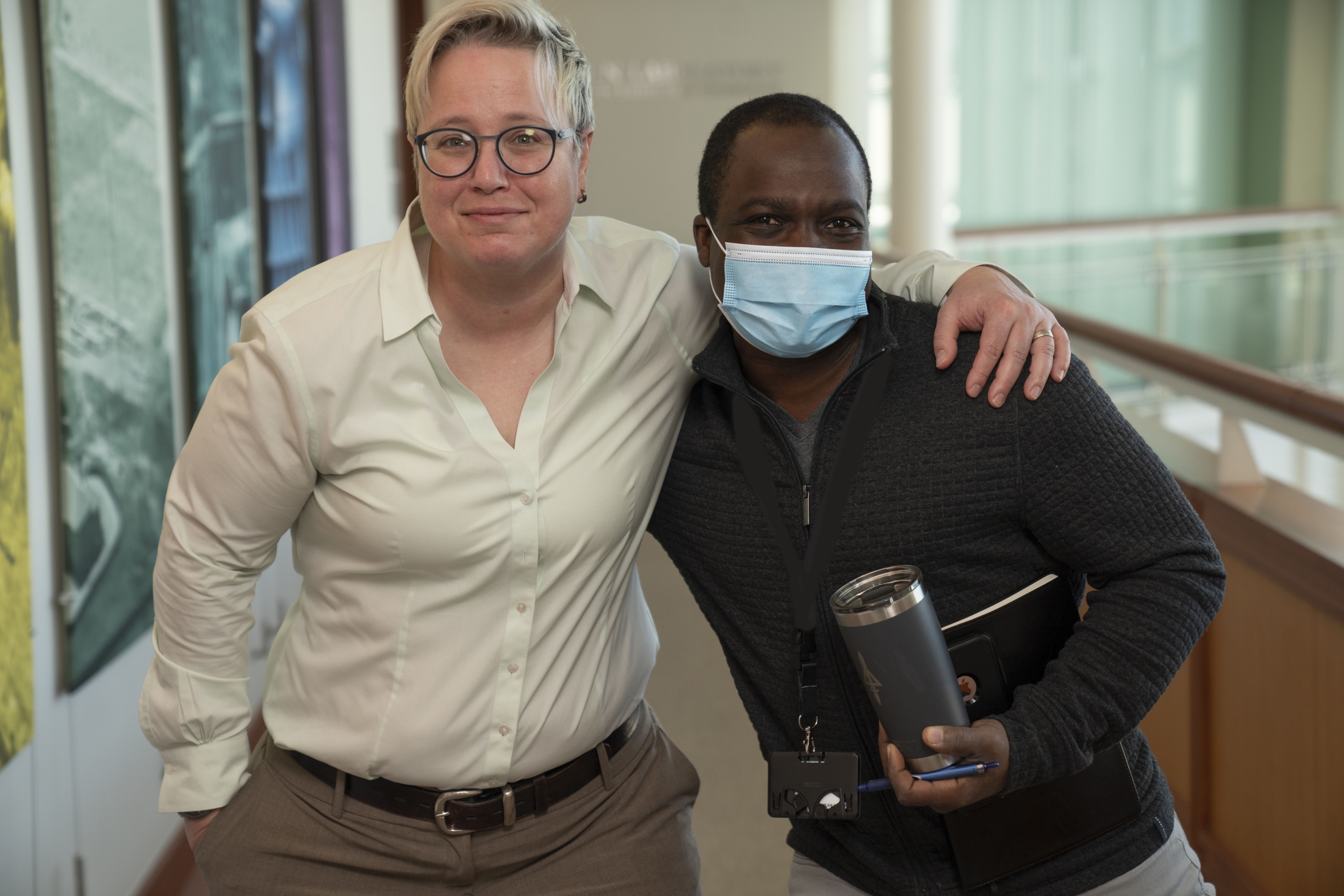Molly Crane

What is your area of expertise, and what kinds of problems do you apply it towards?
My area of expertise is in signal processing, particularly applied to novel sensing approaches and algorithm prototyping. I’ve had the opportunity at Lincoln Laboratory to work across a range of interesting domains, including radar, image, and most recently, biological signals.
As an experienced staff member here, what has kept you at Lincoln Laboratory?
One of my favorite aspects is the exposure to cutting-edge research across such a wide range of technology spaces. In virtually any field one can think of, there is an expert here who is willing to share knowledge. This aspect is closely related to one of my other favorite aspects of the Lab: there is ample opportunity to constantly grow one’s knowledge breadth and to deepen its depth. Research partnerships across groups and divisions thrive, and collaborations with MIT campus are encouraged. Because the Lab stands at the crux of academia and industry, it fuses the best parts of technological innovation with an atmosphere that embodies constant learning and growth — all in the context of service to our nation and community. Lincoln Laboratory is a beautiful place to be.

What is most exciting or challenging to you right now about your research?
Most of my years here have been spent in the Air, Missile, and Maritime Defense Division, working on novel sensing and processing paradigms for the U.S. Navy. I really enjoyed the teams and the mission space, but I recently decided to transfer into the nascent Biotechnology and Human Systems Division in the interest of doing research to solve problems that hit a bit closer to home for me personally. The transition represented an enormous shift in necessary domain knowledge as well as a shift in the sensing modalities and signals endemic to the domain, so it has been both challenging and incredibly exciting.
My current research area is focused on prototyping algorithms for inference with respect to human health and performance using physiological signals. While I still have a lot to learn and always will, the team collaboration and support is rich, and I am thrilled that I had the opportunity to make such a seismic change without leaving the Laboratory.